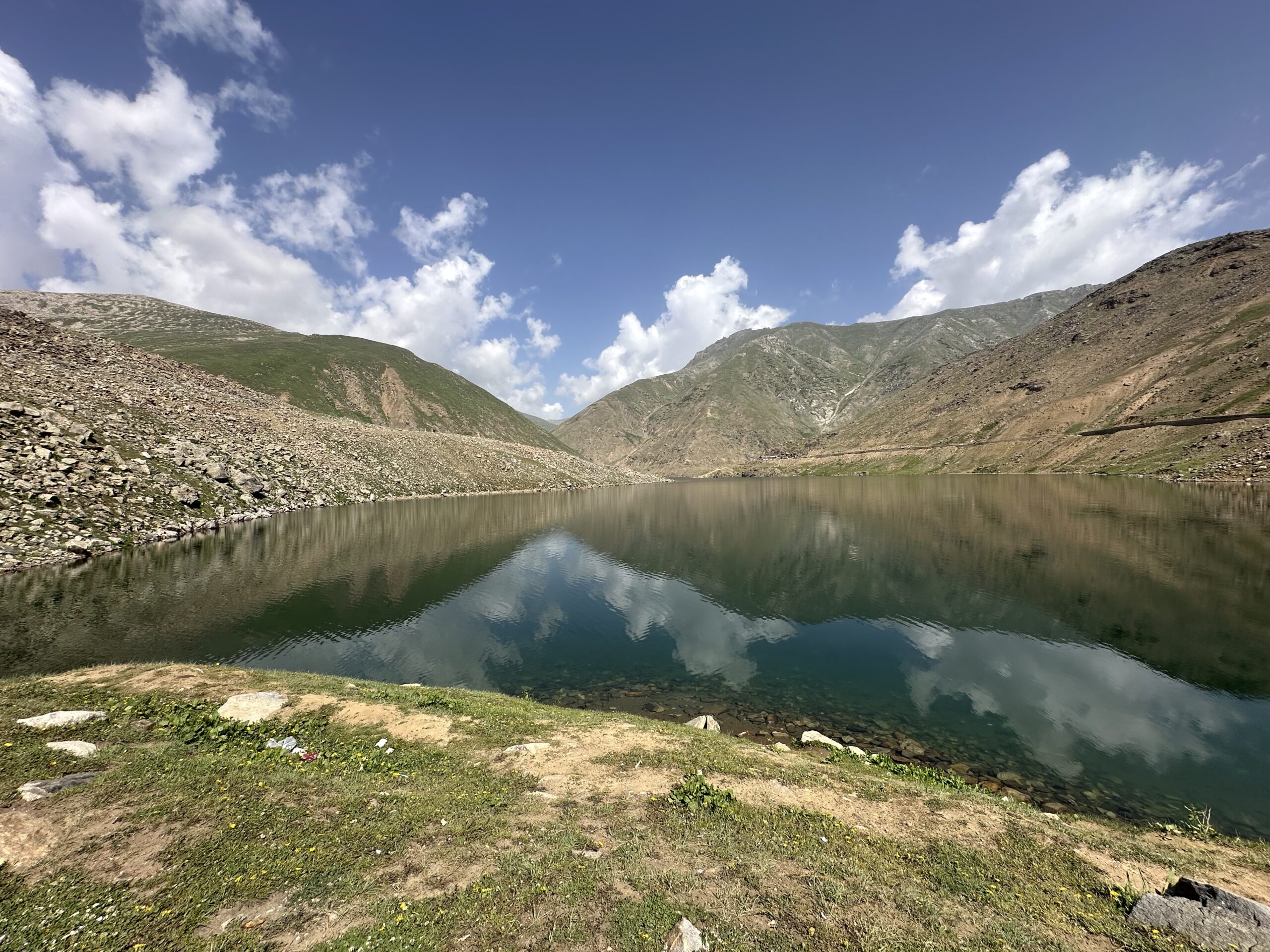Nestled in the heart of the scenic Kaghan Valley, Lulusar Lake is a breathtaking alpine lake located at an altitude of 11,200 feet (3,410 meters) above sea level. This pristine, glacial-fed lake is part of the Lulusar-Dudipatsar National Park and is one of the largest natural lakes in the valley. Surrounded by snow-capped peaks and wildflower meadows, Lulusar is not just a travel destination — it’s a place where nature tells ancient stories through its landscapes.
For those seeking peace, serenity, and a deep connection with Pakistan’s natural heritage, Lulusar Lake is an unmissable destination. In this detailed guide by PakJourney, we will explore everything about this magnificent lake — from its history, formation, water sources, and biodiversity to tourist activities, conservation laws, and nearby attractions.
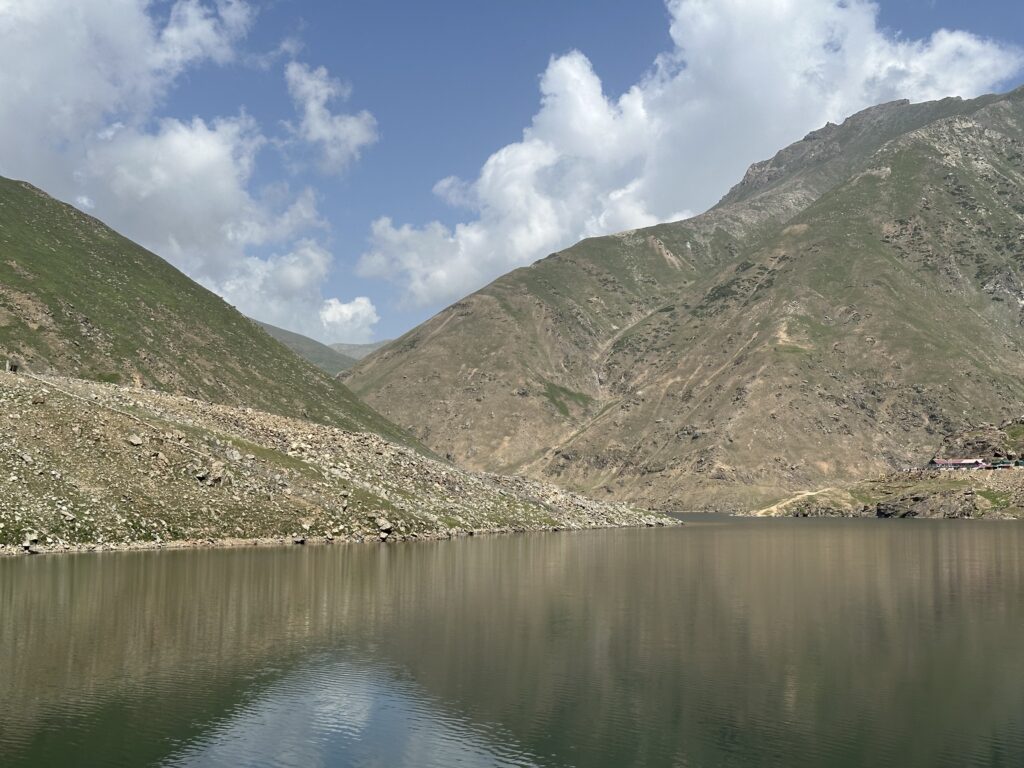
1. Historical Significance of Lulusar Lake
Lulusar Lake holds cultural and historical significance. According to local legends and historians, the name “Lulusar” is derived from the word “Lulu” which refers to the surrounding peaks. It is said that during the 1857 War of Independence, a group of freedom fighters were captured near the lake by British forces. This makes the area not only a natural wonder but also a silent witness to Pakistan’s pre-independence resistance.
The region has long been inhabited by Gujjar and Kohistani tribes who used the valleys for seasonal migrations and livestock grazing. The lake, in their folklore, is often seen as sacred and powerful, guarded by spirits of the mountains.
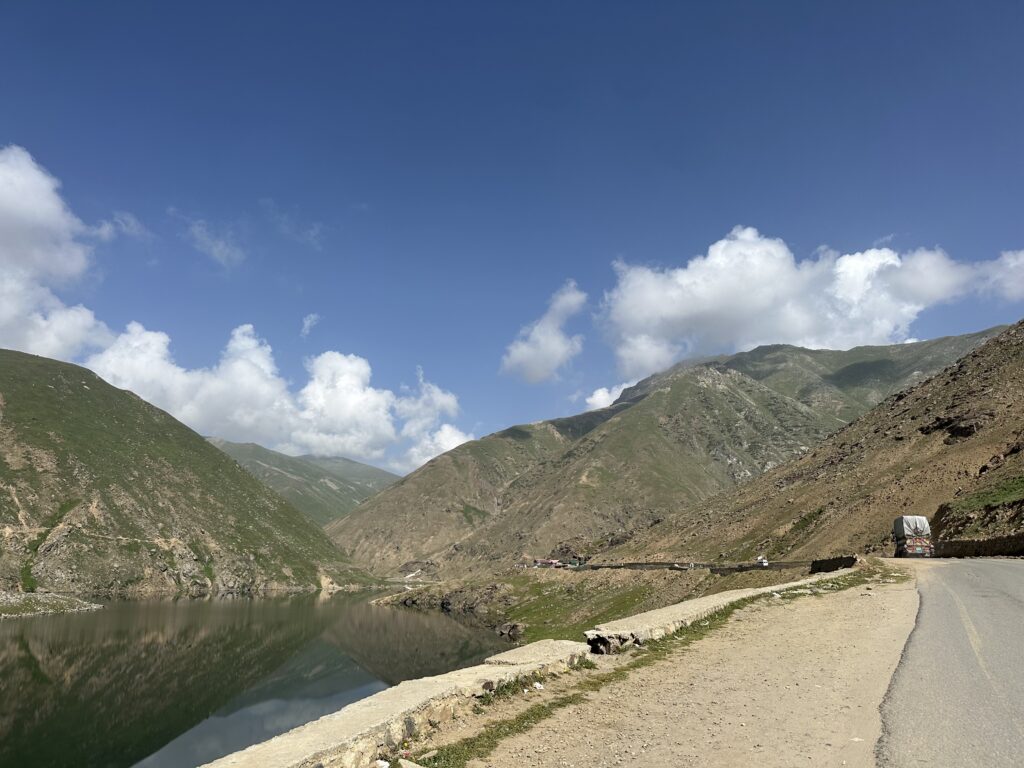
2. Formation and Water Source of Lulusar Lake
Lulusar Lake is a glacial lake — formed due to the accumulation of glacial meltwater between mountain ridges. It lies at the base of Lulusar mountain, where several glaciers converge. During the spring and summer seasons, snow from the surrounding peaks melts and flows into the lake, maintaining its deep blue color and pristine purity.
The lake is also the primary source of the Kunhar River, one of the major rivers of Khyber Pakhtunkhwa. This river flows through the entire Kaghan Valley, nourishing many towns including Naran, Kaghan, and Balakot before merging into the Jhelum River.
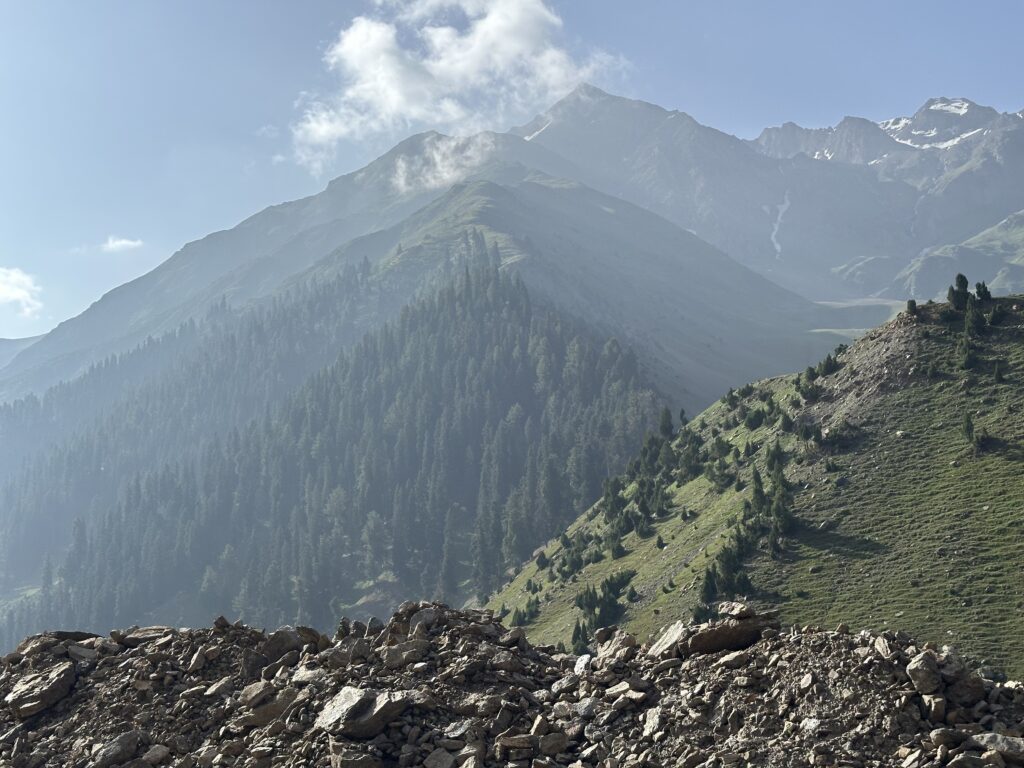
3. Lulusar Lake’s Natural Beauty and Biodiversity
What makes Lulusar Lake a photographer’s paradise is its ever-changing scenery. During early summer (June), the area is covered with snow patches. As the snow melts, golden-green meadows filled with wildflowers emerge. The crystal-clear blue waters of the lake reflect the sky and surrounding peaks, creating a mirror-like view that’s simply mesmerizing.
The lake and its surrounding national park are home to rare flora and fauna, including:
- Himalayan snowcock
- Marmots
- Brown bears (rare sightings)
- Snow leopards (in remote highlands)
- Butterflies and alpine flowers
The natural landscape changes dramatically with seasons, offering a different experience every month between May and September.
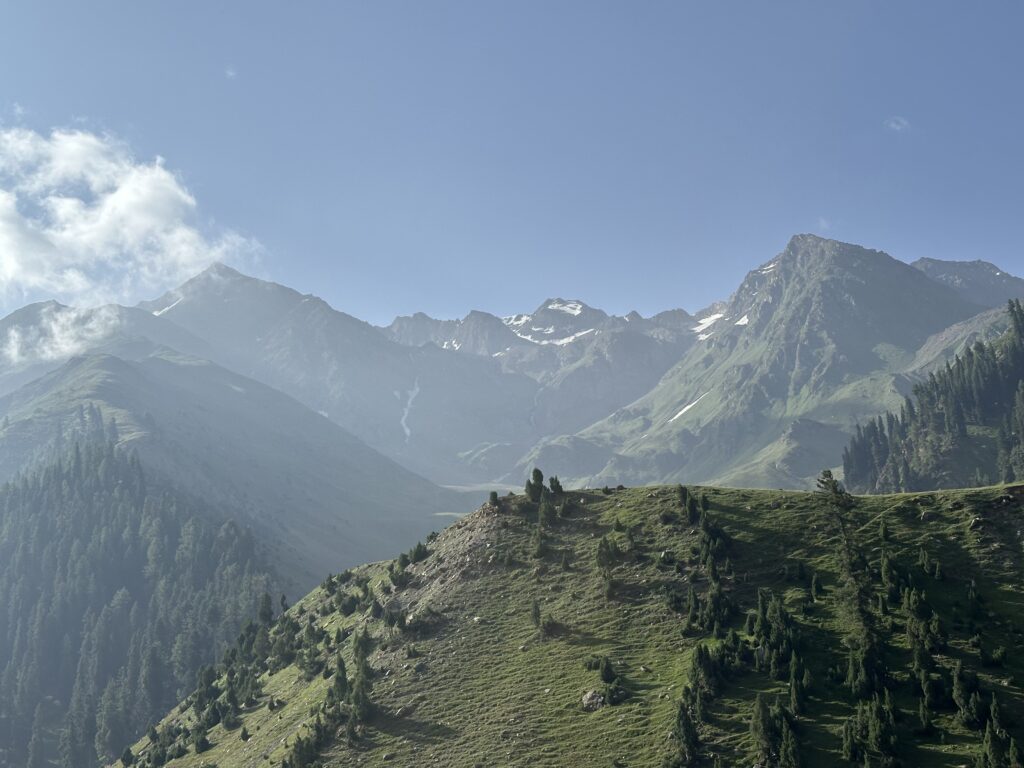
4. Best Time to Visit Lulusar Lake
Due to its high elevation, Lulusar Lake remains inaccessible during winter as snow blocks the roads. The best time to visit is between June and mid-September. Here’s a quick breakdown:
| Month | Conditions | Highlights |
|---|---|---|
| June | Snow melting begins | Fresh wildflowers, mild weather |
| July-August | Peak tourist season | Warm days, full lake view, greenery |
| September | Start of autumn | Golden trees, clear skies |
Avoid visiting during the monsoon season (late July) due to unpredictable landslides on the Naran–Babusar road.
5. How to Reach Lulusar Lake
- From Islamabad: It takes approximately 10-12 hours by road.
- From Naran: The lake is 48 kilometers away and can be reached within 1.5 to 2 hours via Babusar Top Road (N-15).
The journey offers spectacular views, but the road is winding and narrow, so always travel during daylight hours with a 4×4 vehicle or experienced driver.
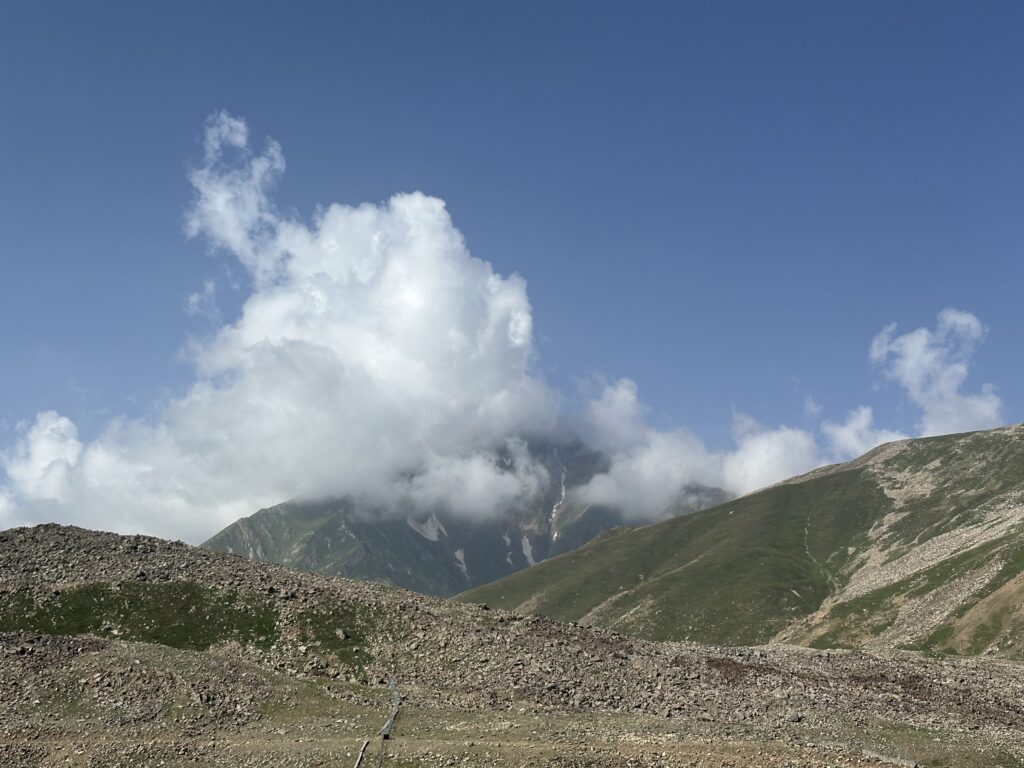
6. Activities You Can Do at Lulusar Lake
Although Lulusar Lake is not a place for commercial tourism or adventure sports, it offers plenty of eco-tourism activities for nature lovers and responsible travelers:
✅ Photography & Videography
Capture postcard-worthy landscapes, reflection shots, and panoramic videos of snow-covered peaks.
✅ Nature Walks & Exploration
Stroll around the lake’s edges (where safe) and explore surrounding alpine meadows.
✅ Bird Watching & Wildlife Spotting
Bring binoculars to observe local bird species and catch glimpses of marmots.
✅ Picnicking
Pack a meal and enjoy a peaceful picnic with your family or group.
✅ Camping (Not Recommended Without Guide)
Due to cold nights, altitude, and wildlife, overnight camping is only recommended with a local licensed guide.
7. Why Hunting is Strictly Prohibited
Lulusar Lake is a protected ecological zone, part of the Lulusar-Dudipatsar National Park, which means hunting and fishing are strictly banned. These laws are enforced by the Wildlife Department of Khyber Pakhtunkhwa.
Reasons why hunting is not allowed:
- Preserve biodiversity
- Protect endangered species like snow leopards and Himalayan monals
- Maintain the natural food chain
- Prevent ecosystem collapse due to human interference
Violators face heavy fines and possible jail terms. This ensures that the lake remains a safe haven for wildlife.
8. Lulusar-Dudipatsar National Park
Lulusar Lake is part of the Lulusar-Dudipatsar National Park, which covers 88,000 hectares of protected alpine terrain. This national park is named after two iconic lakes: Lulusar and Dudipatsar.
🌲 Key Features of the Park
- High-altitude glacial lakes
- Subalpine forests and meadows
- Snow-fed rivers and streams
- Endangered Himalayan wildlife
This park is a model of eco-tourism and conservation in Pakistan. Visitors are encouraged to avoid littering, making fires, or damaging the landscape.
9. Nearby Attractions and Day Trips
If you’re visiting Lulusar Lake, you can easily combine it with other tourist attractions in Kaghan Valley and nearby regions:
📍 Babusar Top
Just 30 km beyond Lulusar Lake, Babusar Top is a high mountain pass (13,691 ft) connecting Khyber Pakhtunkhwa with Gilgit-Baltistan. The panoramic view is awe-inspiring.
📍 Dudipatsar Lake (Hike Required)
Known as the “Queen of Lakes,” Dudipatsar requires a 5-6 hour trek starting from Besal, which is en route to Lulusar.
📍 Naran Town
Stay in Naran for shopping, hotels, restaurants, and guided jeep tours.
📍 Saif-ul-Malook Lake
Only an hour’s drive from Naran, this famous lake is surrounded by fairy-tale myths and glacial peaks.
10. Safety Measures for Visitors
Due to its remote location and altitude, travelers should follow basic safety tips:
✅ Check weather updates before departure. Sudden rain or snowfall can block roads.
✅ Travel with experienced drivers, especially on the Babusar route.
✅ Bring warm clothing, even in July, as temperatures drop quickly after sunset.
✅ Keep first-aid kit and necessary medications, especially for altitude sickness.
✅ Do not camp alone or wander into wildlife zones.
✅ Avoid plastic litter — bring reusable water bottles and bags.
✅ Mobile signals are weak, so inform someone of your plan before the trip.
Conclusion: Why Lulusar Lake Should Be On Your Travel Bucket List
Lulusar Lake is not just a destination — it’s a living postcard of Pakistan’s alpine magic. With its crystal waters, towering peaks, and untouched wilderness, the lake offers a rare kind of silence that modern life has forgotten. Whether you’re a nature photographer, adventure lover, or just someone seeking peace, this lake welcomes all — as long as they respect its fragile beauty.
PakJourney encourages all visitors to travel responsibly, respect conservation laws, and leave no trace. Let us all play our part in preserving Pakistan’s hidden treasures like Lulusar Lake, so future generations can witness its magic just as we do today.
📌 Quick Facts Recap:
| Feature | Details |
|---|---|
| Altitude | 11,200 ft (3,410 m) |
| Location | 48 km from Naran, Kaghan Valley |
| Type | Glacial Lake |
| River Source | Kunhar River |
| Best Time to Visit | June to September |
| Activities | Photography, Nature Walks, Picnics |
| Nearby Attractions | Babusar Top, Dudipatsar, Saif-ul-Malook |
| Park Status | Part of Lulusar-Dudipatsar National Park |
📸 Share Your Trip with #PakJourney
If you visit Lulusar Lake, don’t forget to share your photos and tag @PakJourney on Instagram, Facebook, and YouTube. Let the world see the real beauty of Pakistan — untouched, wild, and free.

